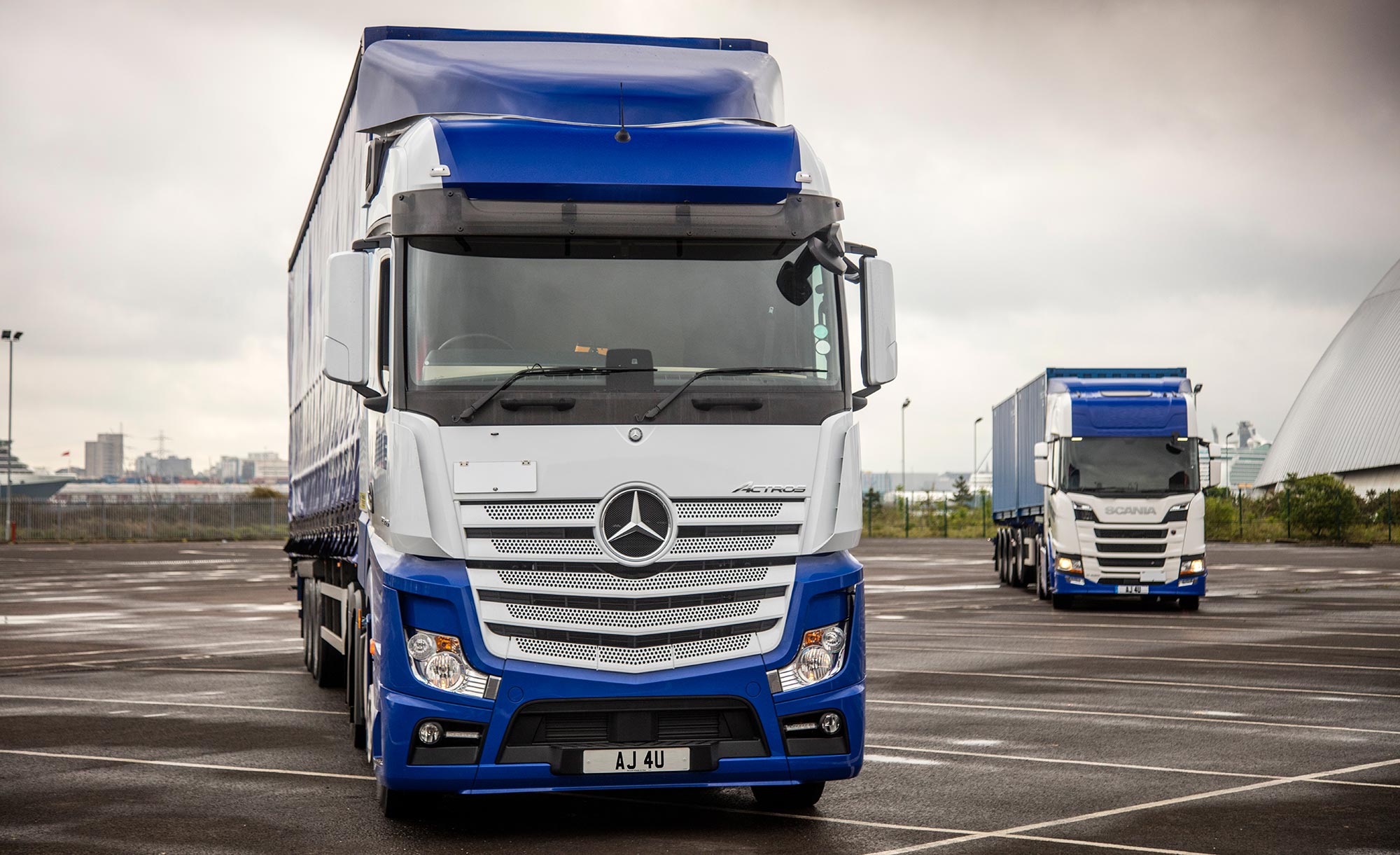Driving Protection: Essential Insights on Truck and HGV Insurance

If you are involved in the transportation industry, understanding the ins and outs of truck and HGV insurance is crucial for protecting your business and ensuring compliance with regulations. Whether you are an owner-operator or managing a fleet of vehicles, navigating the complexities of insurance can be daunting. This article aims to provide essential insights into what you need to know about truck insurance and HGV insurance, covering the basics, common options, and key considerations to keep in mind.

Having the right insurance not only safeguards your vehicles and cargo but also offers peace of mind against unforeseen circumstances. From liability coverage to comprehensive policies, each type of insurance has its own benefits and requirements that can significantly impact your operations. By exploring these aspects, you will be better equipped to make informed decisions that align with your unique business needs and budget. Let’s delve into the fundamental aspects of truck insurance to help clarify your options and enhance your understanding.
Types of Truck Insurance
When considering truck insurance, it is essential to understand the various types available. The most common form is liability insurance, which covers damages to other vehicles and property in the event of an accident. This type of insurance is typically mandatory and protects both the driver and the trucking company from unforeseen liabilities. Choosing the right coverage limits is crucial to ensure adequate protection against financial loss.
Another important category is physical damage coverage, which protects the truck itself from physical harm caused by accidents, theft, or vandalism. This type of insurance often includes collision coverage, which pays for repairs after an accident, and comprehensive coverage, which handles damages from non-collision incidents. As trucks represent a significant investment, having robust physical damage coverage is vital to safeguard against potential losses.
Additionally, truckers may consider cargo insurance, which covers the goods being transported. This type of insurance is crucial for those in the freight industry, as it provides financial protection against loss or damage to cargo during transit. Policies can vary significantly, covering different types of cargo and conditions, so it's important to select a plan that aligns with the specific needs of the business.
Key Factors Affecting Premiums
When it comes to truck and HGV insurance, several key factors influence the premiums that businesses need to pay. One of the primary considerations is the type of vehicle being insured. Trucks and HGVs come in various sizes and payload capacities, which can greatly impact the risk assessment. Generally, larger and more powerful vehicles may incur higher premiums due to their potential for greater damage in the event of an accident. Insurers examine the specifications and values of the vehicles to determine appropriate coverage levels.
The driving history of the operators is another crucial element in premium determination. Insurers assess the driving records of all individuals who will be operating the trucks. A clean driving history with minimal incidents can lead to lower premiums, while a history marked by accidents or traffic violations may raise costs significantly. How do I transfer my trucks with individual HGV bonus to an any driver fleet insurance policy with drivers who have undergone additional training or have certifications may also benefit from reduced rates as they are perceived as lower risk by insurers.
Lastly, the type of cargo being transported plays a significant role in affecting premiums. Some loads are considered riskier than others, and that risk is reflected in the insurance costs. For instance, transporting hazardous materials will typically attract higher premiums due to the increased liability associated with potential spills or accidents. On the other hand, carrying standard goods may result in more competitive rates. Understanding these factors can help businesses make informed decisions when shopping for truck and HGV insurance.
Tips for Choosing the Right Coverage
When selecting truck insurance or HGV insurance, it is crucial to assess your specific needs. Consider the type of cargo you transport, the distance of your routes, and the overall value of your vehicle. Different coverage options may be necessary depending on whether you are hauling hazardous materials or general freight. Understanding these factors will help you determine the level of protection required for your operations.
Another important step is to compare quotes from multiple insurers. This allows you to evaluate not only the cost but also the breadth of coverage offered. Some policies may include additional benefits, such as roadside assistance or rental reimbursement, which can be critical in the event of a breakdown. Look beyond just the premium and examine the terms and conditions to ensure you are getting the best deal for your specific requirements.
Finally, read customer reviews and seek recommendations from fellow truck operators. Their experiences can provide valuable insights into claims processes, customer service, and overall satisfaction with the insurer. Choosing a provider with a solid reputation for reliability and support can make a significant difference in times of need, ensuring that you have the backup you require when issues arise on the road.
